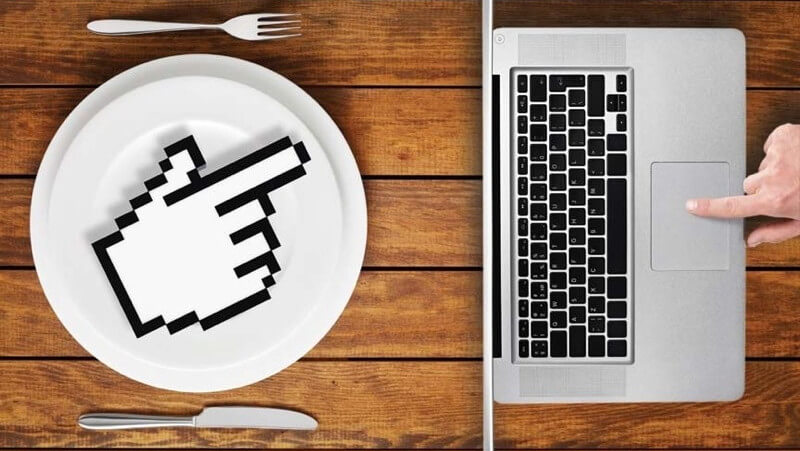
As I have said in many of my earlier posts, Food and Beverage is special. And I mean that with all sincerity because it’s an integral part of our business especially with a full service offering.
NB: This is an article from Hotel Financial Coach
Subscribe to our weekly newsletter and stay up to date
However, there are challenges that we need to overcome and one big one is how to report the profit and loss activity so that it is as meaningful as possible. I say “possible” because there are no absolute methods to get 100% of the picture that really work.
Many try to get and stay on top of their costs and payroll and that’s the right thing to do. The reality is that it’s never going to be perfect. It’s not going to be perfect because we have a much bigger challenge in F&B because we’re dealing with multiple revenue centers at the same time that share resources at various different levels. The outlets share cost of sales in the form of food and beverage, they share behind the scenes payroll, like kitchens, cleaning and administration and they share expenses. In order to best understand this challenge one needs two things that rarely come from the same package.
A solid understanding of operations, both in the front and back of the house and the knowledge of how the accounting system works and its inherent limitations with multiple outlets and a continuous moving picture.
In this piece I am going to tackle expenses and lay out the cleanest and most efficient way to record your monthly consumption. I say cleanest because it’s not without a little mess and, quite frankly, in hospitality that’s the way it is, so it’s in good company. I wrote a similar piece on the best way to manage and record food cost here. This piece is actually the most straight forward and, as mentioned above, it’s on expenses.
The best way to manage and record your F&B expenses is to adopt a top-down approach that has you classifying all your expenses as either direct or allocated.
Direct expenses go to the outlet they are for, straight from the invoice or from the balance sheet. These are expenses that are not shared amongst the other outlets. Straight from the invoice would be items like outlet-specific entertainment, licenses, specific menu printing costs, paper goods for that outlet, a specific night cleaning contract, outlet-specialized equipment purchases or repairs. I think you get the picture. From the balance sheet would be items like china, glass, uniforms, linen or silverware that are unique and specific to that outlet, like a china pattern only to be used in our fine dining restaurant. These items must be only used in that outlet to qualify and pass the test as truly direct.




